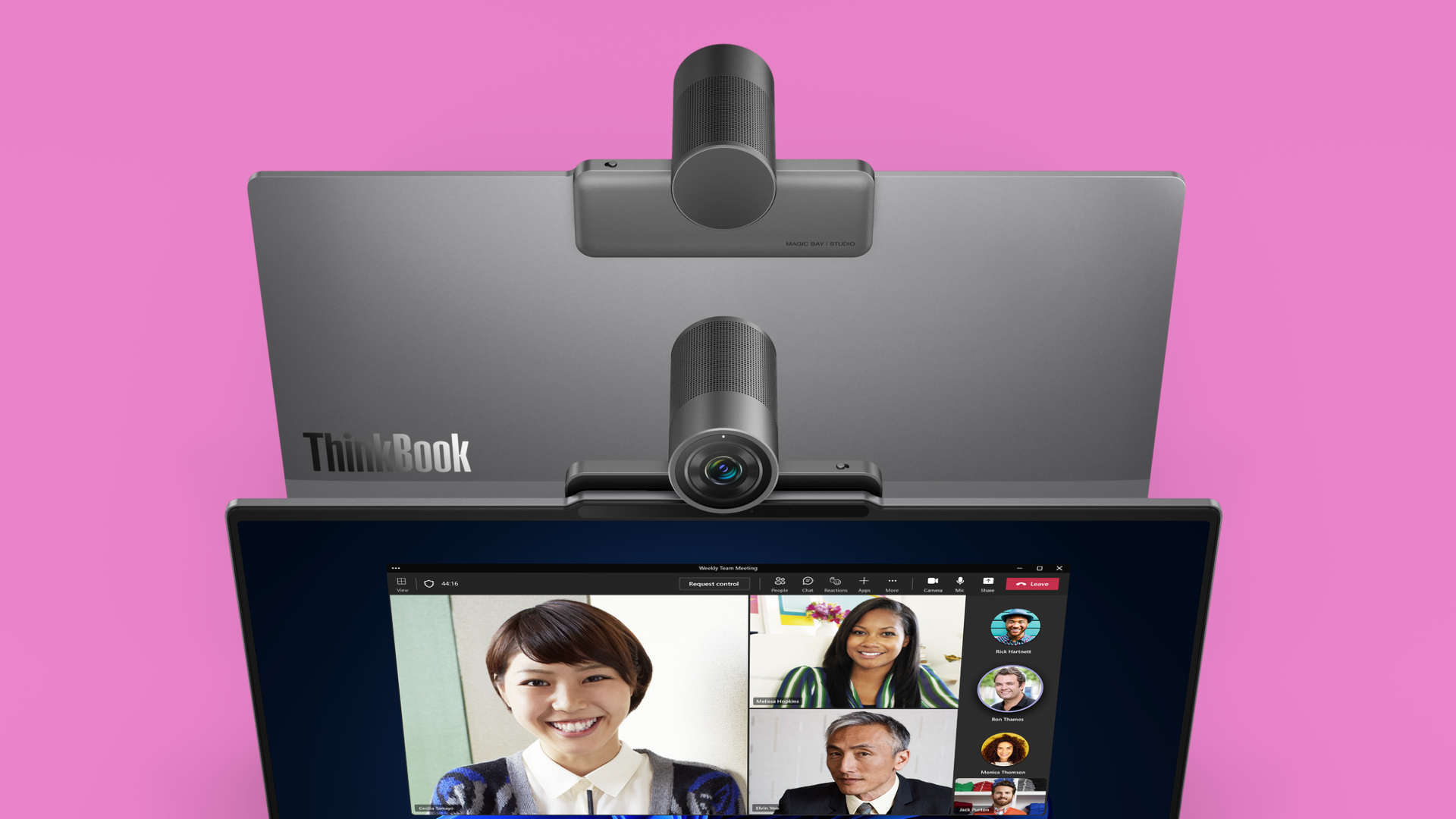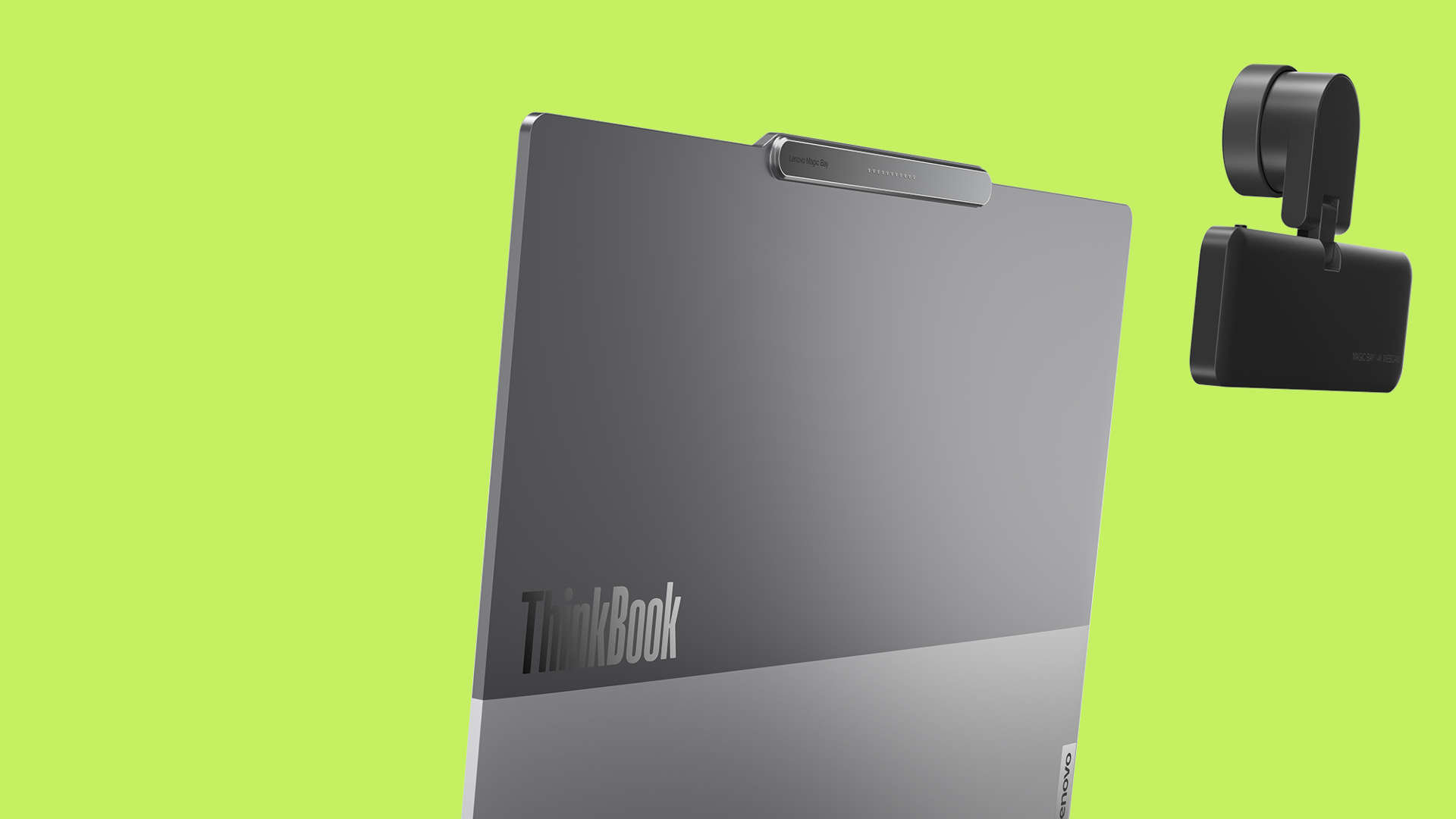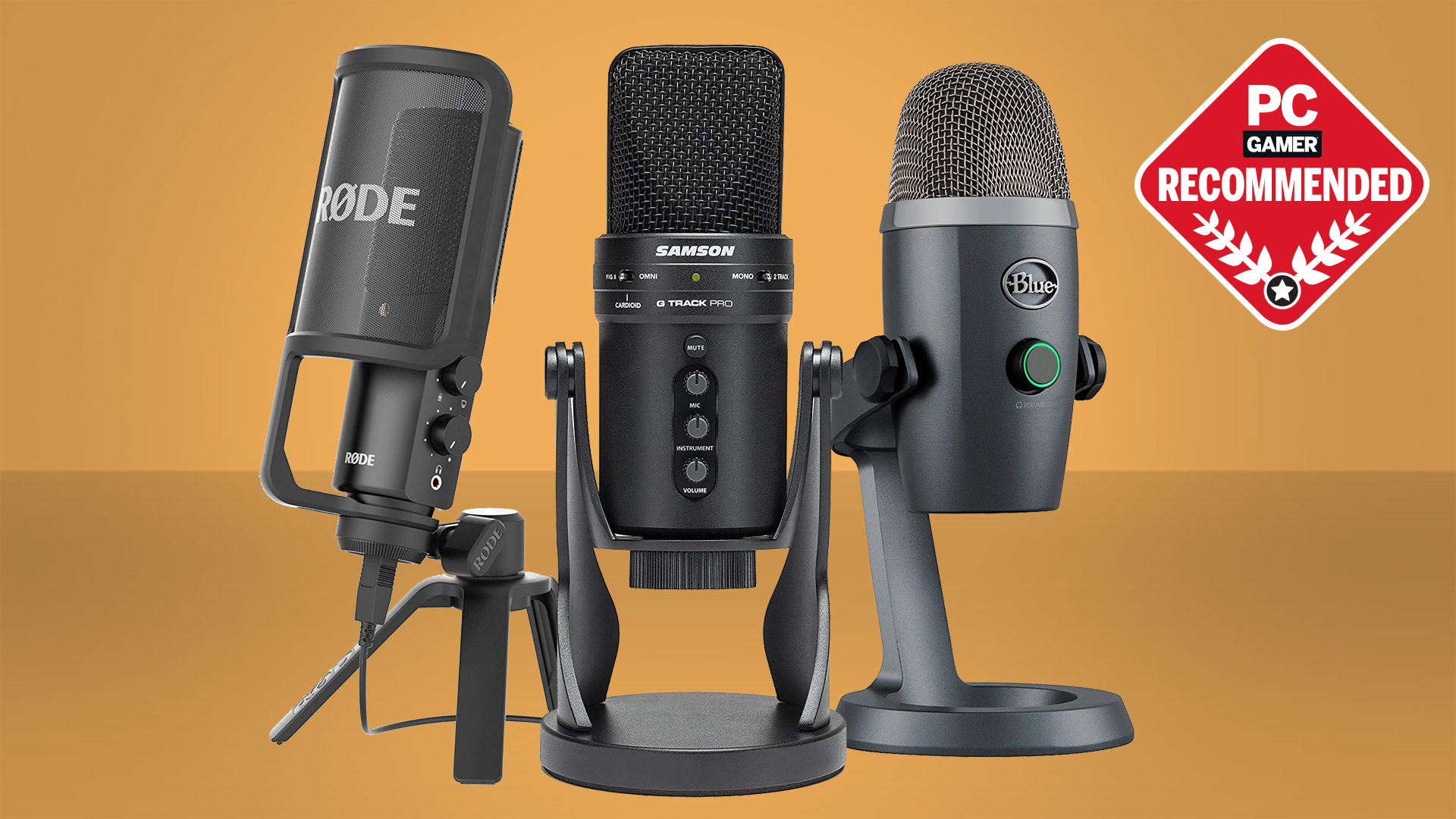Lenovo's Magic Bay means you can add a monster-sized removable webcam, a handy dandy perfume pump, or dedicated emoji screen to your new ThinkBook laptop
Pure marketing genius.

Virtually all laptops come with a webcam these days, nestled either in the bottom or top of the screen's bezel. They're generally not very good as the available space constrains how big the camera can be. Well, Lenovo's latest ThinkBook 13X and 16P laptops sport a new 4K webcam that's (a) absolutely massive and (b) fully modular. Yes, that's right: If high-res images of your face, warts 'n' all, aren't needed, then you'll be able to replace the webcam with a host of other devices. How does an aromatherapy scent emitter sound?
Lenovo calls the device the Magic Bay, and it attaches to the top of the aforementioned laptops through a combination of magnets and spring-loaded connectors (aka pogo pins). Unveiled at CES 2024 (via PCWorld), only the webcam is available for now though the company is currently exploring a range of different modules for the market.
Going by the name Magic Bay Studio, it's a beast of a webcam: 4K HDR output, 90 degree field of view, 4x optical zoom, two 2W speakers. That kind of camera is normally connected by a fast USB cable but Lenovo's system eschews that entirely, utilizing the pins on the laptop for power and signalling.
Admittedly, it looks a tad ridiculous perched on top of the laptop's screen but at least you can remove it. Not just for the sake of portability but also to replace it with another Magic Bay accessory, should you want to.
At CES, Lenovo demonstrated a range of other devices it's currently exploring: an omnidirectional microphone, an SD card reader, a small LCD screen, a personal cooling fan, and even something that can spray scents into the air.
Not all of these will come to market, at least not directly from Lenovo. I should imagine that it may consider licensing the technology to permit others to develop third-party accessories, which could open up a whole world of bizarre Magic Bay devices.

Personally, I'm quite sold on the idea. Not for the daft accessories but just being able to easily remove and reattach a decent webcam to a laptop. I also think a small projector could be worth developing, making it far easier to set up a presentation whilst travelling. Just the simple fact that the need for cables has been swept away makes it a great idea.
Keep up to date with the most important stories and the best deals, as picked by the PC Gamer team.

Best microphone for gaming: make sure you're heard
Best webcams: be seen while you get your stream on
Best capture cards: lessen the load with a dedicated card
At this point, you're probably thinking that this is going to be massively expensive. Well, yes, but also no. The Magic Bay Studio will retail at $199 and while that's a lot for a webcam, it's no more than Levono's Brio 4K Ultra (that uses a USB cable to attach to a PC).
You can, of course, get similarly capable devices for less than this and our office favourite, the Dell UltraSharp webcam, is often on sale for under $170. And although the Magic Bay system isn't overtly pricey, you will need to buy a ThinkBook 13X or 16P laptop to use it.
They start at $1,399 and $1,699 respectively, with the former powered by Meteor-Lake Core Ultra processors and the latter by 14th Gen Core CPUs and an RTX 4050 or 4060 GPU.
But forget about all of that. Just think: If Lenovo had just gone with a removable webcam, it'd barely be newsworthy but hot-swappable emoji screens and perfume pumps? Utter genius. Well played, Lenovo, well played.
_____________________________________
PC Gamer's CES 2024 coverage is being published in association with Asus Republic of Gamers.

Nick, gaming, and computers all first met in 1981, with the love affair starting on a Sinclair ZX81 in kit form and a book on ZX Basic. He ended up becoming a physics and IT teacher, but by the late 1990s decided it was time to cut his teeth writing for a long defunct UK tech site. He went on to do the same at Madonion, helping to write the help files for 3DMark and PCMark. After a short stint working at Beyond3D.com, Nick joined Futuremark (MadOnion rebranded) full-time, as editor-in-chief for its gaming and hardware section, YouGamers. After the site shutdown, he became an engineering and computing lecturer for many years, but missed the writing bug. Cue four years at TechSpot.com and over 100 long articles on anything and everything. He freely admits to being far too obsessed with GPUs and open world grindy RPGs, but who isn't these days?

